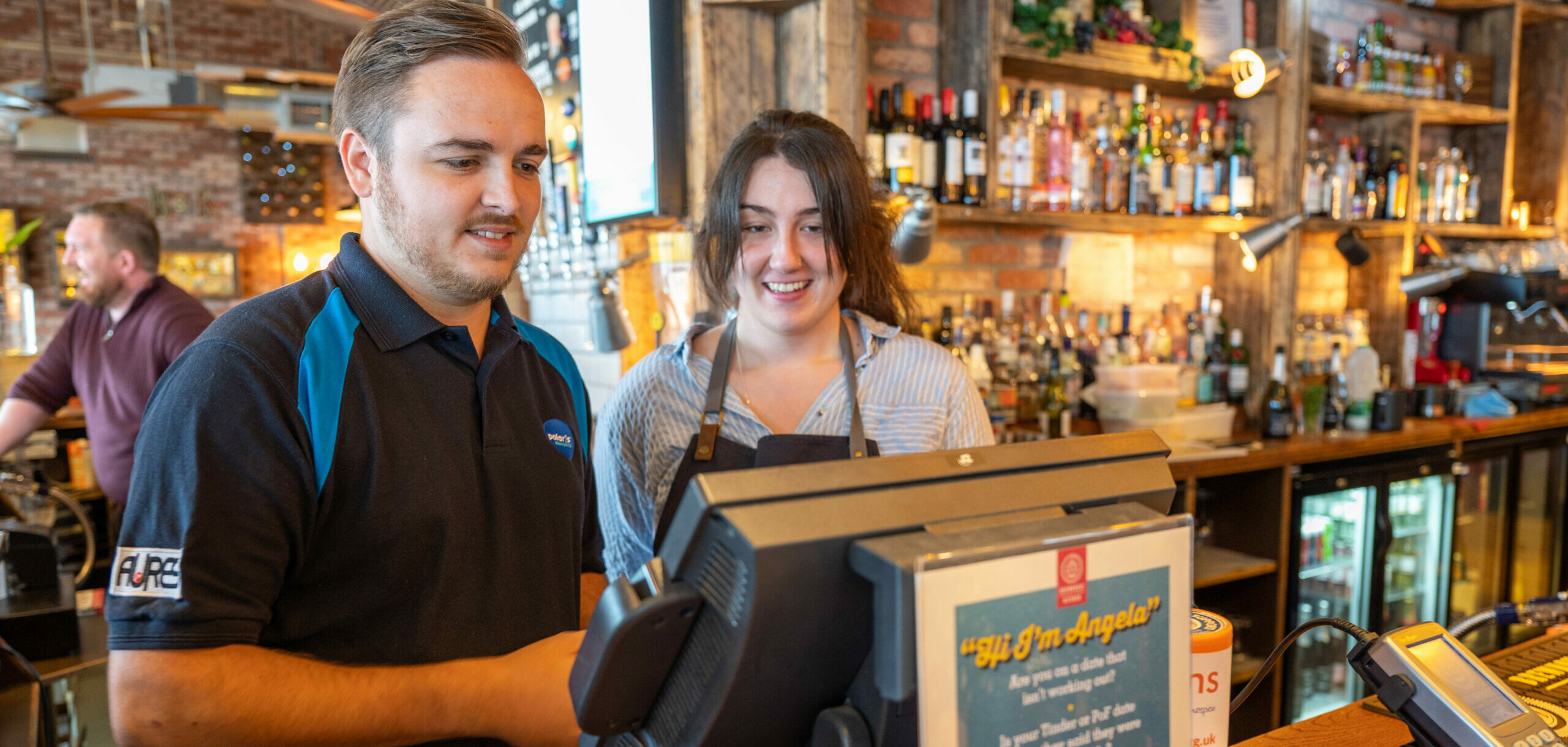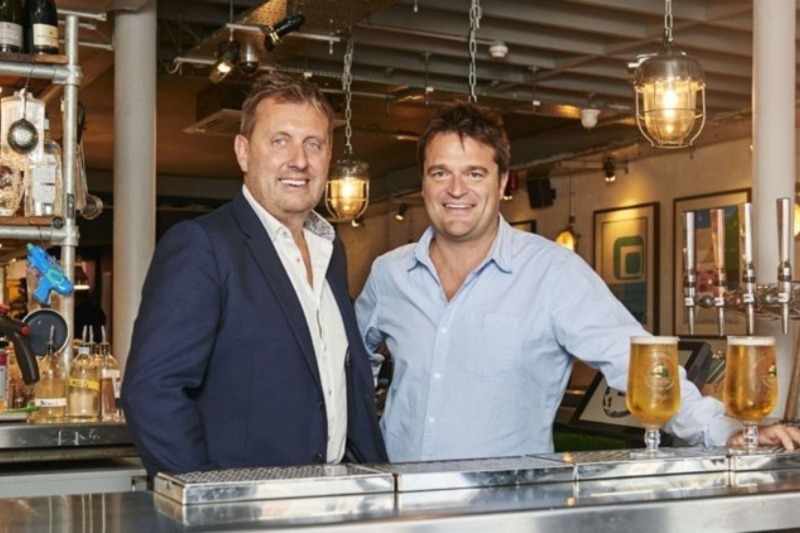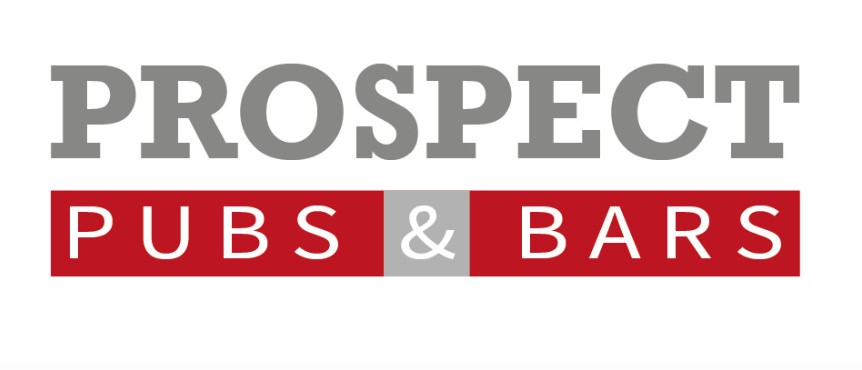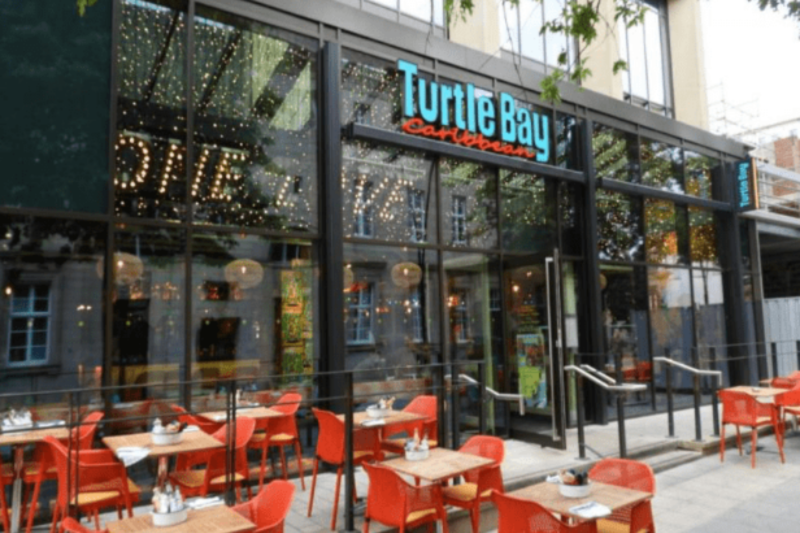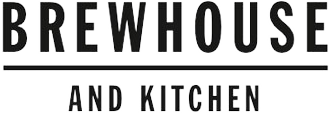Of the five major costs in the hospitality sector – equipment, utilities, food, and a POS system – labour cost is one of the most important. Labour costs are not only one of your largest costs it’s also part of your prime cost – a key performance indicator that helps determine your profitability.
Good news, it’s a controllable cost!
But as essential as labour costs are, controlling them can be a huge challenge. Labour cost is ever changing, usually upwards, due to minimum wage increases and this will force operators to not only control but optimise skills within the workforce. That can be a daunting prospect without the correct tools at your disposal.
Thankfully, it’s not all doom and gloom. This post will help you control restaurant labour cost by showing you:
– Exactly what labour cost entails (hint: it’s not just salaries and wages)
– How to calculate labour cost percentage (and why you should track it)
– 8 ways to control labour cost to remain profitable (some strategies you can implement today for quick wins)
What is included in labour cost?
Labour cost includes all labour related categories:
- Employee wages and salaries
- Bonuses
- PAYE or Payroll taxes
- Employers National Insurance
- Holiday accrual/payment and absence days (SSP, SMP, SPP, SPL, ShPP……the list goes on)
- Overtime
How do you calculate labour cost?
Apologies if I am teaching you to suck eggs here but just so we cover off all bases.
Calculating your total labour costs, then, involves adding the total cost for each of the above cost groups.
For example (based on a week):
-
- Salaries and wages: £3,000
- Bonuses: £250
- Employers National Insurance: £285 (when anyone earns over £158 you start to pay 13.8p for every additional £1.00 they earn)
- Holiday accrual/payment and absence days: £350 (accrual based on 12.07% of all monies earned by employees)
- Total labour cost = £3,885
- To keep your approx. 30% labour intact you will need to take £12,950 net or £15,540 gross.
In isolation, this bottom number doesn’t mean much. But, calculated as a percentage, it becomes far more useful.
How do you calculate labour percentage?
The labour percentage helps you understand how much money you spend on labour to produce revenue.
You can calculate this accordingly:
Labour as a percentage of total net sales: Total labour cost / total net sales*
*When making these calculations, ensure you use net sales for the same period.
Labour cost as a percentage of total net sales in 4 simple steps
Step 1: Collect your total net revenue data
Collect your total net revenue data from POS sales reports. For this example, let’s assume your sales for last week were £13,350 net (£16,020 gross – always talk net).
Step 2: Calculate your total labour costs
Calculate your total labour costs by adding all applicable cost categories like wages, salaries, bonuses, and Er’s NI, absence and holiday accrual.
For this example, we’ll assume your total labour costs for the week were £4,010.
Step 3: Divide labour cost by revenue
In our example, this gives us 0.3 (£4,010 / £16,020).
Step 4: Multiply the number you get by 100
Finally, multiply the number in Step 3 by 100 to get your percentage. In our example, that works out to 30%
Pro tip: Track the labour cost percentage daily overtime to identify upward and downward trends. A continuous upward movement suggests you need to implement cost controls (discussed later).
Benchmarking – Industry guidelines
Labour percentage by venue type
You’re likely wondering whether a labour cost percentage of 30% is any good. Well, most restaurants will target a percentage of 20 to 30% of sales, though percentages do differ by industry:
- Pub (small amount of food): 26%
- Pub (food centric): 29%
- Bar: 24%
- Late night: 22%
- Quick service: 28.5%
- Fast casual: 26.2%
- Casual: 32.5%
- Upscale casual: 30.4%
- Restaurant: 35%
The above statistics are average restaurant labour cost percentages for Q4 of 2017.
Comparing your labour percentage to other venue in your industry can help you assess your performance in relation to the industry as a whole. But remember these are only a guideline. If you are a Pub (Food centric) with an outside area with 150 covers then it is likely that you will have a higher labour percentage.
Control cost using effective restaurant labour allocation
Now that you understand what labour cost is, how to calculate labour cost percentage, and what percentage is suitable, let’s look at eight ways to properly allocate and control your restaurant labour.
You’ll notice there’s no mention of “raising your menu prices” or “reducing wages”—and with good reason. While these methods may benefit you in the short term, they can cause more harm in the long run and have a potential negative impact on profits, staff morale, and customer service.
- Use the right PoS system
Not all POS systems are created equal. Find a system that, at a minimum, offers the following basic features or an integration to best in class third party providers:
- Stock management
2. Customer relationship management (CRM)
3. Staff management and communication
4. Basic marketing features
5. Sales reports
6. Labour reports
7. Employee scheduling (some PoS systems integrate with scheduling software to simplify the scheduling process).
Then, ensure you actually use the features to gain the benefits. Two notable features you should focus on to control labour costs are labour reports and employee scheduling.
- Analyse your labour costs report
Review your labour reports against certain times of the day and seasons to optimise your schedules and ensure you’re never over or understaffed.
For example, a labour report could tell you that you’re often overscheduled at 11am, just before lunch service and that your operations would benefit with less staff. This may seem like a small cost saving, but over time it can add up to thousands of pounds.
- Invest in the right employee scheduling tool
If you’re like some business owners, you:
- Create and manage schedules in Excel
2. Spend time creating and moving between schedules
3. Struggle to track and manage schedule changes
4. Make mistakes when comparing actual vs. scheduled labour
5. Risk customer service quality by over or understaffing (let’s not forget the impact over-scheduling has on labour costs)
Luckily, the right scheduling tool solves all these problems by helping you:
- Create schedules in no time – 30 mins or less
2. Reduce manager input when sourcing staff for shifts using crowd-sourcing features
3. Schedule the right number of employees per shift
4. Track and reduce labour costs by analysing labour reports
Polaris Data is one such tool. The effectiveness of such a tool can only be realised after implementation through ROI (return on investment). Any software business that declares you can save X% is bending the truth to say the least. They are providing you with the tools to save and optimise labour cost, whilst the true measure of success should be based on a wider metric. This would include staff retention, engaged well trained employees, lower recruitment costs all leading to increased profit margins.
- Review your seasonal hiring policy
It’s not uncommon for hospitality business to hire seasonal staff during peak periods like summertime. But you may not actually need such a large seasonal workforce.
Review your hiring policy, analyse historical labour reports to spot opportunities to trim seasonal staff, and ask regular employees to take on more shifts. Removing one or two positions can translate into massive savings down the road.
- Reduce operating hours
Review how busy your restaurant is on certain days and during specific times of the week. If there are quieter times, with revenues barely covering costs, you may choose to reduce your operating hours. The benefit of this approach is that you can concentrate wholeheartedly on your peak periods. Communication to your customers on why you have done and confirming when you are actually open will be key to this approach otherwise it can seriously backfire.
- Properly train staff
Train your staff, so they feel empowered to do their job correctly and become more efficient. Greater efficiency ensures you can schedule a leaner workforce without jeopardising service. Training should include:
- Educating employees on how to use your PoS properly
2. Properly communicating customer service standards to everyone
3. Letting new hires shadow top performing staff so they can learn from the best
4. Don’t forget to conduct refresher training with all staff as bad habits can, and do, creep in. Also, ensure you have regular staff meetings and hold performance reviews to identify areas for improvement.
5. Giving all employees access to your employee handbook. This document provides employees with everything they need to know about your restaurant, including HR policies, your company’s mission statement, and crucial systems and processes. Besides acting as the main point of reference for employees, it helps prevent mistakes that can cost you money. - Boost staff retention
Turnover rates are notoriously high in the hospitality industry. These high turnover rates cost you money in the form of not only recruitment and training costs but also higher labour costs. Every time an employee leaves, you have to invest time, money and resources into finding and training a new employee. You could avoid this cost by focusing on retention:
It’s a cost you could avoid by focusing on retention. But how exactly do you retain existing employees? Here are three ways:
Rewards: Provide monthly rewards like “employee of the month” or daily rewards for those who make the most sales.
Recognition: It’s not always about a financial reward. Sometimes employees just want to feel valued. A simple “thank you,” and even public recognition can boost their confidence and morale.
Promotion opportunities: Reward top-performing employees with a promotion to create a culture of growth that encourages other employees to work harder because they see a future with your venue. To help identify these top performers, review sale reports from your POS and monitor those who regularly do more than their job description.
- Analyse and improve processes
Audit your current processes including time clocking, stock management, and employee scheduling to identify optimisation opportunities that will improve efficiency.
For example, instead of using manual clocking out methods, use a solution that automates and digitises the entire process while collecting valuable business intelligence. An option to consider would be the Employee App from Polaris Data which utilises the latest Geo-Fence technology from our friends at Google to pinpoint the employee location allowing them to check-in and out whilst on site.
The bottom line
Labour is a significant restaurant cost that can be difficult to manage. Not only do you have to run a site and keep tabs on other costs, but you have to contend with minimum wage increases.
The good news is you can overcome this challenge and regain control by understanding your labour costs, knowing how to calculate them, tracking your labour percentage and, most importantly, implementing the correct strategies such as investing in the right workforce management tools.
If you would like to find out how Polaris Elements can help you to manage your labour costs, please contact us on 0203 198 8000 or email info@polaris-elements.co.uk our team would love to hear from you.


